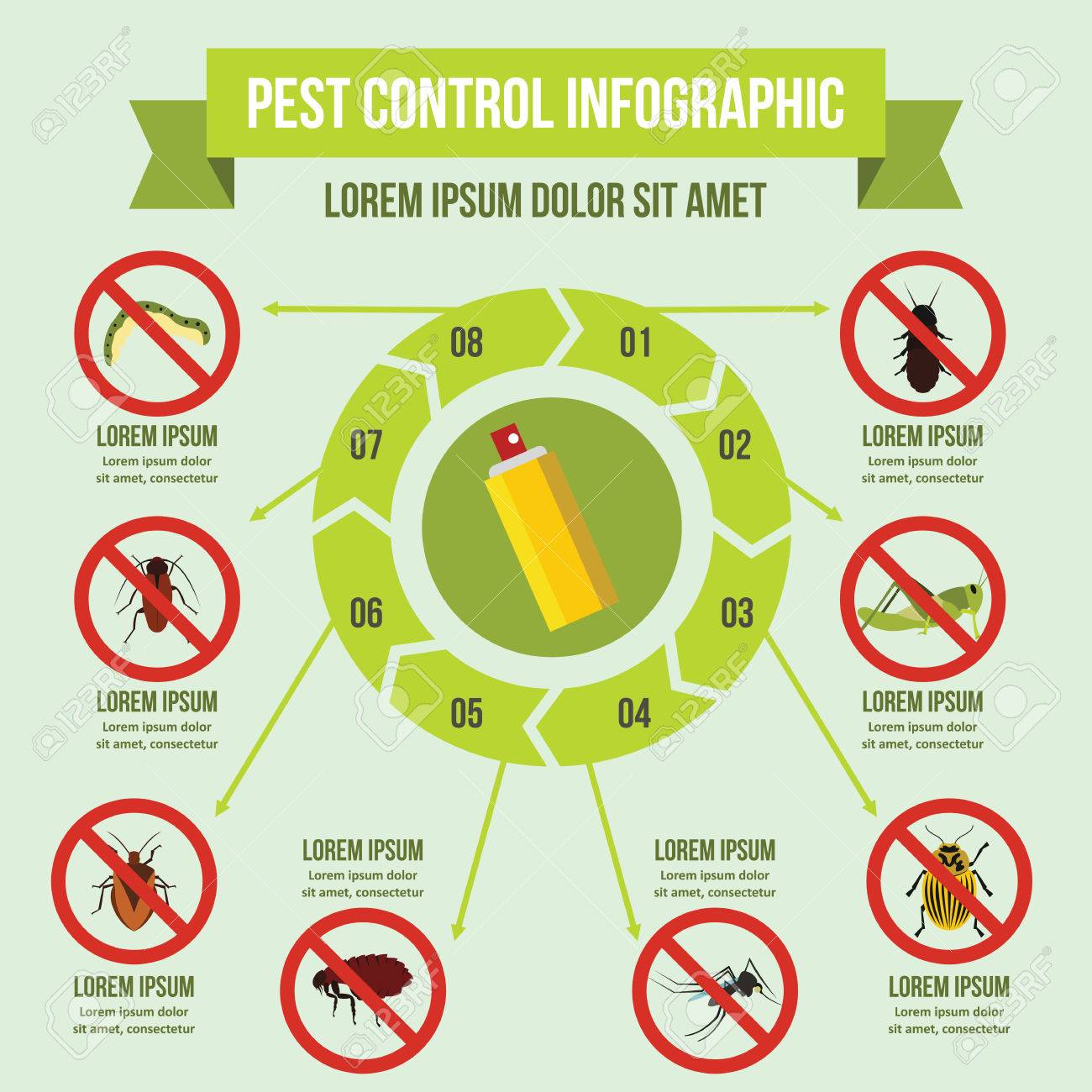Insights From Specialists On Rodent Actions For Successful Pest Control
Insights From Specialists On Rodent Actions For Successful Pest Control
Blog Article
Authored By- ant pile removal being able to anticipate the actions of your challengers in a game of chess, constantly remaining one action ahead.
Worldwide of bug control, understanding rodent behavior is like having that calculated benefit. By gaining professional understandings into the nesting behaviors, feeding patterns, and interaction and social actions of rats, you can successfully deal with these pesky animals.
However how precisely do rodents act, and why is it important to understand? In this conversation, we will certainly decipher the mysteries of rodent habits, offering you with useful understanding that will certainly help you remain ahead in the fight versus insects.
Are you ready to reveal the keys of these shrewd creatures?
Nesting Behaviors
To understand rodent actions and effectively control insects, it is essential to get understanding right into their nesting habits.
Rats, such as computer mice and rats, have a natural impulse to discover shelter and develop nests where they really feel safe and safe and secure. These nests function as their homes, reproducing grounds, and storage locations for food. Comprehending their nesting behaviors can aid you recognize possible areas of infestation and apply targeted control actions.
Rats generally prefer nesting in dark, secluded spaces, such as attics, basements, crawl spaces, and wall surface voids. They use products like shredded paper, material, insulation, and even chewed-up electrical cords to develop their nests.
Feeding Patterns
Rodents show unique feeding patterns that play a critical function in their behavior and can educate effective insect control techniques. Understanding these patterns is crucial for applying successful pest control steps.
Rodents are opportunistic feeders, meaning they'll take in whatever food is readily offered. They like high-calorie foods such as grains, nuts, and seeds. This is why proper storage space of food and waste administration are important in preventing rodent invasions.
In addition, rats are nighttime, which indicates they're most energetic during the night when they search for food. By understanding their feeding patterns, you can purposefully put traps and lures to maximize their performance.
Maintaining food sources inaccessible and preserving a tidy environment can help discourage rats and lessen the danger of invasion.
Communication and Social Habits
Understanding how rats connect and communicate socially is vital for reliable bug control strategies. Rats, like mice and rats, have complex interaction systems that they use to communicate info to every other and collaborate their tasks. Right here are three essential facets of rodent interaction and social behavior:
1. Vocalizations: Rodents create a vast array of singing noises, including squeaks, tweets, and babbling, to interact with each other. These vocalizations can communicate various messages, such as danger cautions or mating phone calls.
2. Scent noting: Rodents utilize scent glands to leave chemical signals on things and in their environment. These scent marks function as territorial limits and communicate info about reproductive standing, dominance, and social association.
3. https://how-to-remove-rats-from-w37272.anchor-blog.com/6133610/why-pest-pest-control-expert-solutions-are-crucial-for-a-pest-free-home : Rodents have a hierarchical social structure, with dominant people having access to resources and chosen nesting websites. Recognizing this power structure is very important for targeting parasite control initiatives and identifying vital individuals for removal.
Verdict
So, there you have it - a brief glance right into the fascinating globe of rodent behavior. By recognizing their nesting habits, feeding patterns, and communication, we can much better tackle the concern of pest control.
Did you understand that a women mouse can produce approximately 10 trashes per year, with each trash consisting of around 5-6 pups? This amazing fact highlights the relevance of prompt and reliable bug management to avoid rodent populaces from spiraling unmanageable.
